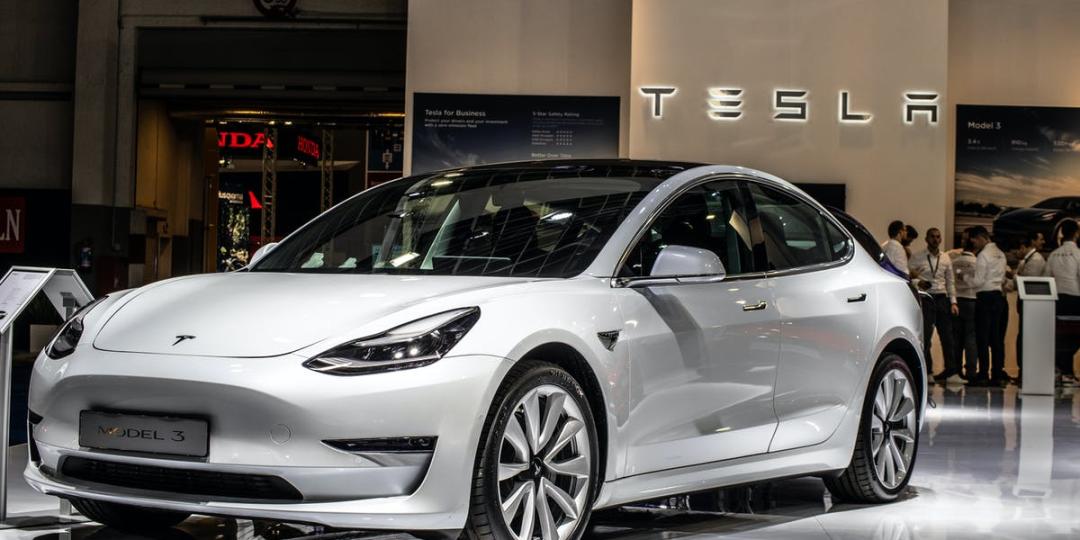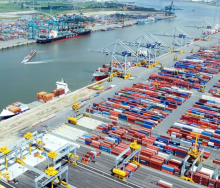Autonomous cars will match or exceed human safety by 2024, after which they will grow rapidly at a compound annual growth rate of 30%, according to IDTechEx’s new report “Autonomous Cars, Robotaxis & Sensors 2022–2042”.
By the 2040s, they are expected to be capable of fulfilling the world’s mobility needs without a single collision.
The market research company points out that for a long time, the parameters around how we can drive our vehicles have been restricted. Speed limits exist to increase safety, seatbelts are mandated to increase safety, and city centres are becoming pedestrianised to increase safety for pedestrians.
An example is Barcelona, Spain, where super-blocks exist to create large car-free areas, which are not only safer for pedestrians, but also improve local air quality and create a greener, more pleasant space within the city.
The report suggests that eventually, manual driving could become completely illegal on public roads in the interests of safety - and although it will not completely disappear, it may be relegated to a sport, reserved for racing and track days.
“Imagine being pulled over by the police with a car full of people not wearing seat belts, the police officer says, "if you crashed, you could have killed someone". Now the same scene, but instead of not wearing seatbelts you are operating a vehicle manually in an autonomous-only town centre,” says IDTechEx.
The report covers safety and regulation, a key barrier for adoption. One trend identified is with vehicle safety certifiers mandating higher levels of automated safety, and the inclusion of sensors such as radar. An example is Tesla losing its top safety rating from the NHTSA when they removed radar from the Model 3 and Model Y in May, which ironically, improves the system, according to Tesla.
“Autonomous drivers are constantly aware, never distracted by mobile phones, other drivers, or other such things which can occupy a human’s attention. Autonomous vehicles will be connected with 5G and receive more information about their surroundings than human drivers could ever see or process,” the report points out.













